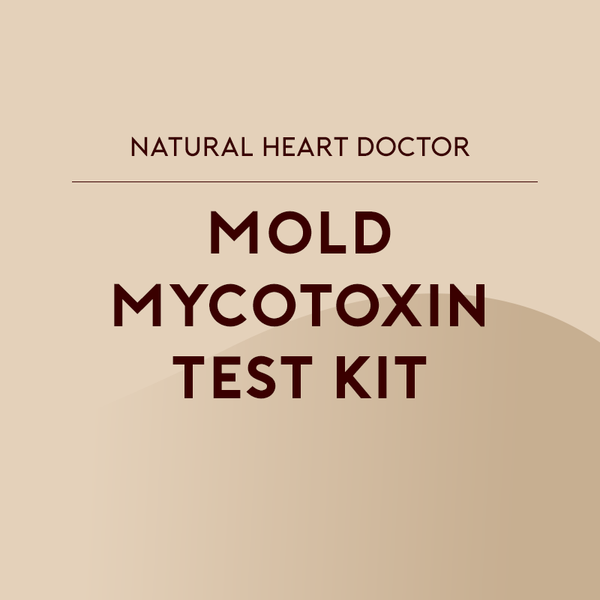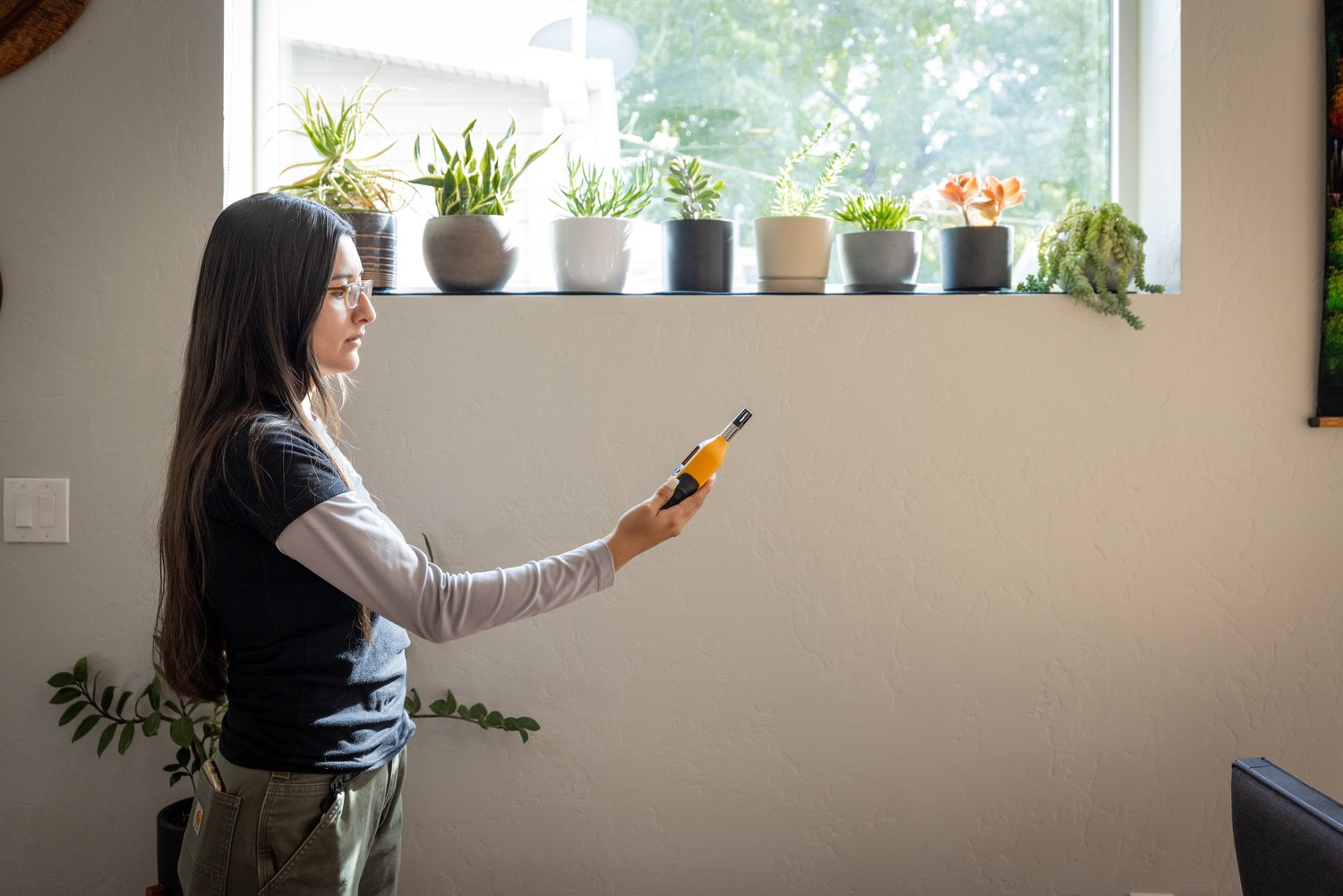How Mycotoxin Screening Assists Protect Against Contamination and Safeguard Food Supplies

Mycotoxin testing is an essential practice in the food sector, working as a frontline defense against contamination by hazardous toxins generated by mold and mildews. With the application of innovative techniques like High-Performance Liquid Chromatography (HPLC) and Fluid Chromatography-Mass Spectrometry (LC-MS), food manufacturers can properly identify and quantify mycotoxin degrees in agricultural products. This positive approach not just makes certain conformity with strict safety and security laws however likewise alleviates health and wellness dangers to consumers. Normal screening fortifies brand name online reputation and financial wellness by minimizing contamination-related incidents. So, how exactly do these testing methods integrate right into the more comprehensive food safety and security method?
Recognizing Mycotoxins
Recognizing mycotoxins begins with identifying that they are poisonous secondary metabolites generated by certain molds, which can contaminate farming items. These metabolites are not vital for the growth or reproduction of the fungis but can have serious ramifications for animal and human health. Mycotoxins are commonly located in staple plants such as corn, wheat, barley, and nuts, where they can proliferate under certain problems of wetness and temperature.
There are several kinds of mycotoxins, each generated by different fungal types. Fusarium varieties create trichothecenes and fumonisins, both of which are linked with various intense and persistent health issues.

Risks of Mycotoxin Contamination
The risks of mycotoxin contamination are complex, positioning significant risks to both food security and public health. Mycotoxins, harmful substances created by specific kinds of fungi, can infect a large range of farming products including cereals, nuts, spices, dried fruits, and coffee. Once these toxins infiltrate the food supply, they can result in serious health issues such as liver damage, kidney failure, and also cancer cells. At risk populations, consisting of children, the senior, and immunocompromised individuals, are especially in jeopardy.
Financial influences are an additional significant worry. Polluted plants can result in significant monetary losses for farmers and food producers because of reduced yields and the requirement for costly decontamination actions. Global profession can be significantly hindered as countries impose stringent mycotoxin regulations to shield their populations, leading to rejected shipments and stretched trade relationships.
Environmental elements such as environment change exacerbate the threat of mycotoxin contamination. Variations in temperature level and moisture can develop favorable conditions for fungal growth, boosting the possibility of contamination occasions. Therefore, understanding and reducing these dangers are critical for making certain the safety and stability of international food products.
Techniques of Mycotoxin Evaluating
Properly determining mycotoxin contamination in agricultural items is important for protecting public wellness and preserving food safety requirements. Numerous techniques are used to detect and quantify mycotoxins, each offering specific advantages and restrictions.
High-Performance Fluid Chromatography (HPLC) is a widely used method due to its high sensitivity and precision. It includes dividing mycotoxins from various other substances in a sample, making it possible for precise quantification. Likewise, Fluid Chromatography-Mass Spectrometry (LC-MS) integrates liquid chromatography with mass spectrometry to give detailed molecular info, making it specifically valuable for identifying multiple mycotoxins simultaneously - Mycotoxin testing Services.

Gas Chromatography-Mass Spectrometry (GC-MS) and Thin-Layer Chromatography (TLC) are additionally employed, each with unique applications. GC-MS works for volatile mycotoxins, while tender loving care offers a simpler, economical choice for preliminary screening.
Advantages of Normal Testing
Regular testing for mycotoxins in agricultural products offers numerous advantages, significantly adding to public health and food safety and security. By determining contamination early, routine screening helps protect against the distribution of hazardous foods, therefore minimizing the danger of mycotoxin-related ailments among customers. This aggressive method not only safeguards human health and wellness but likewise boosts the total high quality of food supplies.
Various countries and regions have developed rigorous limits for mycotoxin degrees in food and feed. Sticking to these limitations with regular screening makes certain that manufacturers and providers satisfy lawful requirements, thus staying clear of penalties and profession obstacles.
Additionally, normal mycotoxin screening can cause substantial financial advantages. Early detection of contamination enables prompt intervention, reducing possible losses from prevalent contamination. Executing regular testing methods can also decrease recall costs and associated liabilities, which can be economically ravaging.
Moreover, routine testing provides useful information that can notify much better farming techniques and storage space More hints conditions. By recognizing patterns of contamination, manufacturers can take on precautionary actions, consequently lowering future risks and adding to the sustainability of the food supply chain.
Carrying Out Checking Procedures
Applying efficient mycotoxin screening methods is critical for ensuring the security and high quality of agricultural items. Establishing a robust screening structure entails several vital actions, starting with the recognition of prospective contamination points within the manufacturing and supply chain. This includes pre-harvest, post-harvest, storage, and distribution stages. Each stage must be looked at to determine where mycotoxin contamination is more than likely to take place.
When important control points are recognized, picking appropriate testing methods is essential. Typical strategies include enzyme-linked immunosorbent assay (ELISA), high-performance fluid chromatography (HPLC), and mass spectrometry (MS) Each approach has its strengths and weak points; therefore, picking the proper one depends on the particular mycotoxin being tested, the needed level of sensitivity, and readily available resources.

Last but not least, incorporating the screening protocols into a detailed food safety and security management system is suggested. This boosts traceability and makes it possible for swift restorative activities when contamination is spotted, consequently safeguarding the integrity of the food supply chain.
Verdict
Mycotoxin screening is vital in preventing contamination and guarding food products by allowing early detection of unsafe contaminants produced by mold and mildews in agricultural his comment is here items. Regular testing boosts brand name credibility, financial security, and trust fund in food security by minimizing contamination-related losses and keeping high standards in food production.
Mycotoxin testing is an essential method in the food sector, serving as a frontline protection versus contamination by damaging toxic substances generated by mold and mildews. An incorporated method including agricultural techniques, storage monitoring, and regular testing can mitigate the threats associated with mycotoxin contamination, making certain food security and public health.
The risks of mycotoxin contamination are complex, posturing considerable dangers to both food check it out security and public health and wellness.Regular testing for mycotoxins in agricultural items supplies many benefits, considerably contributing to public wellness and food security.Mycotoxin testing is necessary in stopping contamination and protecting food supplies by enabling very early discovery of hazardous contaminants produced by molds in agricultural products.